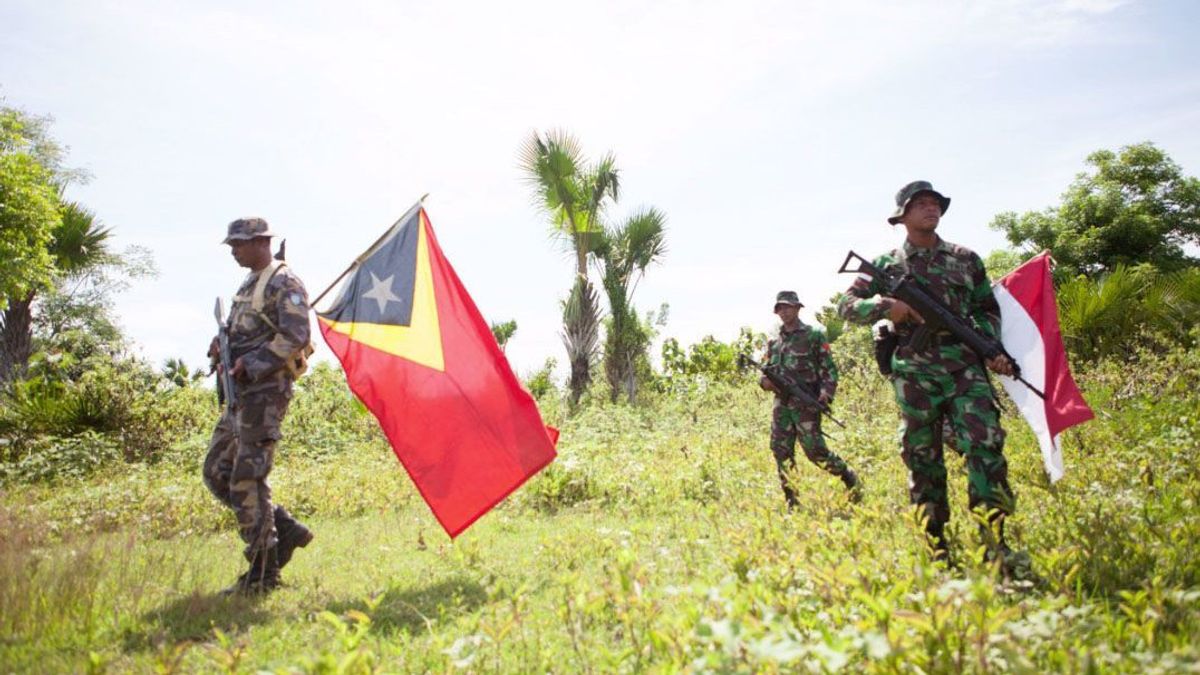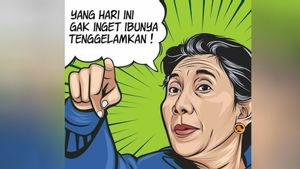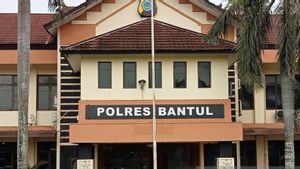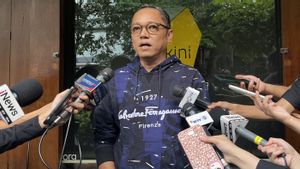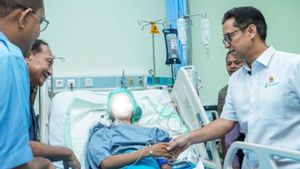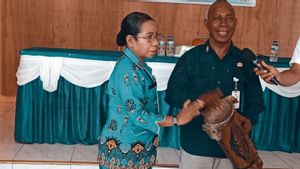JAKARTA - On August 30, 1999, East Timor or what we now know as Timor Leste, held a popular opinion or referendum. The referendum was held to determine the future of East Timor, in which the final decision was to completely separate from the Unitary State of the Republic of Indonesia. As many as 78.5 percent of the people of East Timor voted for independence from Indonesia.
At that time a vote was held for East Timorese to choose whether to remain with Indonesia or become an independent country. The referendum was supported by the United Nations (UN). The referendum was also called for ending the conflict in East Timor.
East Timor is an island nation in the eastern part of the Lesser Sunda Islands, at the southern tip of the Malay Archipelago. East Timor is in the eastern part of the island of Timor, the nearby small islands of Atauro and Jaco. East Timor is also near the Ambeno enclave, including the town of Pante Makasar, on Timor's northwest coast. Dili is the capital of East Timor and the largest city.
History of Timor LesteThe Portuguese first settled in East Timor in 1520 and the Spanish followed in 1522. The Dutch then took control of the western part of East Timor in 1613 and the British ruled the island in 1812–1815. The Dutch continued to try to control East Timor and the Portuguese continued to maintain their sovereignty over the eastern part of Timor Leste. Japanese troops then occupied East Timor during World War II.
In April 1974 there was a left-wing coup in Lisbon which left colonial outposts in limbo. Portugal then withdrew its administrative and military personnel residing in its colonial countries including those in Mozambique, Angola and Timor Leste.

After the Portuguese left Timor Leste, local elections were held. The two largest parties – the Revolutionary Front for an Independent East Timor (Fretilin) and the Timor Democratic Union (UDT) – formed a coalition, but it did not last long. Fighting broke out and there was a coup attempt by UDT. Then Fretilin unilaterally declared the independence of East Timor on 28 November 1975.
Citing The Guardian, Indonesian troops then secretly began an attack across the border from Indonesian West Timor in October 1975. As a result, five Australian journalists were killed in the town of Balibo. The full-scale invasion of East Timor took place in December 1975. During the Indonesian invasion, an estimated 200,000 people died in fighting, massacres and starvation.
Fretilin and its armed group, Falintil, retreated to the interior along with tens of thousands of East Timorese. In July 1976 the Indonesian parliament declared East Timor the 27th province of Indonesia. Australian Prime Minister Malcolm Fraser was the first to recognize East Timor as part of Indonesia. But the UN condemned it and called for an act of self-determination based on the will of the East Timorese.
Indonesia's attitude changed after the 1998 crisis that led to the resignation of Indonesia's 30-year-old President, Suharto. Suharto's successor, President BJ Habibe, was more open to some form of autonomy for East Timor and released East Timorese leader Xanana Gusmão from house arrest. After various international upheavals, the East Timor referendum was held on 30 August 1999. In May 2002 Xanana Gusmão was sworn in as President of East Timor, which became Timor Leste.
Post independenceAfter experiencing various upheavals and occupations, it is not easy for Timor Leste to revive various sectors of life, including the economy. Citing Kompas, Timor Leste's economic freedom score is 45.9. This makes Timor Leste ranked 171 country in the world in the 2020 index.
While in the Asia-Pacific region, Timor Leste is ranked 40th among 42 countries and its overall score is far below the regional and world averages. Timor-Leste's economy is showing few signs of freedom. The growth of Timor Leste's Gross Domestic Product (GDP) is also relatively low. Timor Leste's economy depends on government spending funded by withdrawals from the Petroleum Fund. Timor Leste is still the poorest country in the world.

On the other hand, the Asian Development Bank reports that Timor Leste's economy is expected to grow in 2021 and 2022. This is due to large public investment and the East Timor Government's Economic Recovery Plan.
According to a report from the Asian Development Bank (ADB), growth prospects are masked by a surge in COVID-19 cases since March 2021 and severe flood damage in April 2021. The Asian Development Outlook (ADO) 2021 projects Timor Leste's non-oil gross domestic product to grow by 3 .4 percent in 2021, following a -7.9 percent contraction in the economy in 2020.
Inflation will increase, in part due to higher international food prices. However, inflation is expected to increase to 2.0 percent in 2021 from 0.5 percent in 2020. The forecast assumes that Timor Leste is able to control the pandemic.
“The government's stimulus and disaster response package will help mitigate the socioeconomic impact of the floods and the COVID-19 lockdown on Timor-Leste's economy, while vaccine deployment is ongoing,” said ADB Country Director for Timor-Leste Sunil Mitra.
*Read other information about TODAY's HISTORY or read other interesting articles from Putri Ainur Islam.
TODAY'S HISTORY More
The English, Chinese, Japanese, Arabic, and French versions are automatically generated by the AI. So there may still be inaccuracies in translating, please always see Indonesian as our main language. (system supported by DigitalSiber.id)
